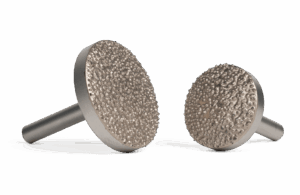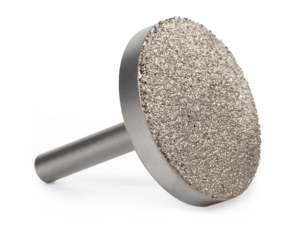Products
-

Stump Grinder Sharpening Tools
Price range: $149.95 through $154.95 Select options This product has multiple variants. The options may be chosen on the product page -

Chipper Blade Sharpening Tools
$134.95 Select options This product has multiple variants. The options may be chosen on the product page -

Sharpening Tool Combo Pack
$215.95 Add to cart -

Industrial Mower Blade Sharpening Tool
$134.95 Add to cart